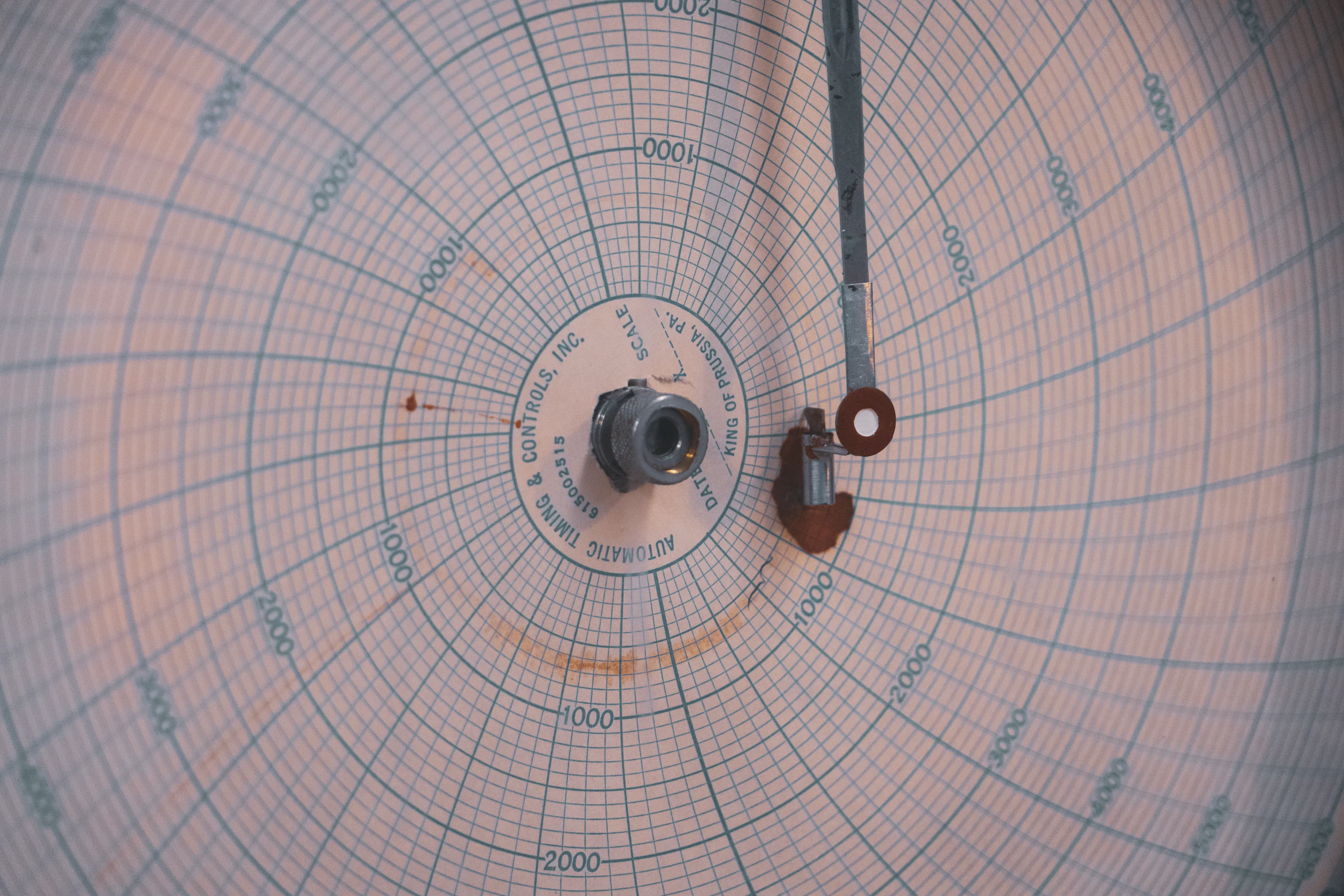



One of the steps in the process of successfully obtaining a US patent is the patent applicant’s receipt of a Notice of Allowance. A Notice of Allowance is sent by the US Patent & Trademark Office (“USPTO”) to a patent applicant toward the end of the process. The document is sent after a USPTO patent examiner has determined that a patent should be issued. In other words, when a patent examiner has determined that all the legal requirements for patent issuance have been met, a Notice of Allowance is sent. In fact, the Notice of Allowance will state:
“THE APPLICATION IDENTIFIED ABOVE HAS BEEN EXAMINED AND IS ALLOWED FOR ISSUANCE AS A PATENT. EXAMINATION ON THE MERITS IS CLOSED.” (Caps and emphasis in original)
So, receiving a Notice of Allowance should be considered “great news.”
However, no patent has been issued yet. Indeed, the Notice of Allowance continues with the following statements:
“THIS NOTICE OF ALLOWANCE IS NOT A GRANT OF PATENT RIGHTS. THIS APPLICATION IS SUBJECT TO WITHDRAWAL FROM ISSUE AT THE INITIATIVE OF THE OFFICE OR UPON REQUEST BY THE APPLICANT.”
What are the Next Steps?
To complete the patenting process, fees must be paid to the USPTO. These fees are identified in the Notice of Allowance. In fact, technically, a Notice of Allowance is termed by the USPTO as a “Notice of Allowance and Fee(s) Due.” See example here.
The Notice is three pages, the second page of which is a fee remittal form. The Notice will state the amount of fees that are due for issuance of the patent and the date on which they are due. The fees are due within three months and there are no extensions granted. The remittal form must be completed and sent along with the required fees. Failure to remit the fees within three months will be deemed an abandonment of the patent application.
What About “Entity Status”?
The fees charged by the USPTO depend on the size of the entity submitting the patent application. Since patent applications take many months — and sometimes many years — to complete, an entity’s status may change over the months/years. Thus, the remittal form requires that micro-entities reaffirm their status as a micro-entity. Micro-entities have the lowest fees. If the entity status has changed, the remittal form allows for the status to be changed (which will increase the fees required).
What Happens Next?
Generally, under current USPTO processing practices, it takes about four weeks for the patents to be issued after the USPTO receives the issue fee(s). In the meantime, as part of actual issuance, the USPTO will assign a patent number. The USPTO will also mail what is called an Issue Notification. The actual patent will be issued about two weeks later.
The Issue Notification is important for any separate patent applicants that may need to be filed as a continuation patent. However, if a continuation patent needs to be filed, the USPTO recommends not waiting until the Issue Notification to avoid any potential loss of copendency.
Contact Revision Legal For more information or if you have an invention or design that you want to patent, contact the patent lawyers at Revision Legal at 231-714-0100